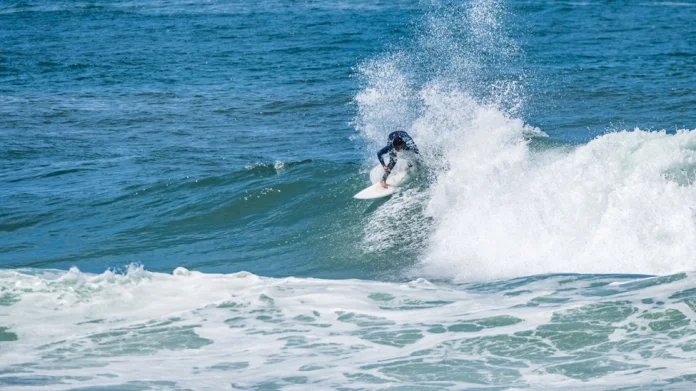Imagine standing on the shoreline, gazing out at the vast expanse of the ocean as the sun dips below the horizon, casting a warm golden glow across the water. The rhythmic sound of crashing waves fills the air, and a sense of anticipation builds within you. This is the world of surf guide, a dynamic and exhilarating water sport that has captured the hearts of people around the globe. Beyond its physical demands, surfing embodies a unique lifestyle and a profound connection to nature that has made it more than just a sport – it’s a way of life.
The Dance with Nature
At its core, surfing is a dance between humans and the untamed power of nature. Surfers paddle out to meet the waves, positioning themselves with precision and grace. As a wave approaches, the surfer harnesses its energy, propelling themselves forward with a combination of skill, balance, and timing. Standing on a board, they experience the exhilaration of surfing in Portugal, gliding along the water’s surface, riding the ever-changing contours of the wave. This connection to nature, to the ebb and flow of the tides, and the rhythm of the ocean swells, is at the heart of surfing’s allure.
Physical and Mental Demands
Surfing isn’t just a sport; it’s a full-body and mind experience. Balancing on a board while maneuvering through waves requires a strong core, leg muscles, and excellent proprioception. Paddling out to the lineup demands upper body strength and cardiovascular endurance. But perhaps even more crucial is the mental aspect of surfing. Reading the waves, anticipating their movements, and staying calm under pressure are all skills that surfers develop over time. The ocean is unpredictable, and every wave is unique, necessitating adaptability and quick decision-making.
The Surfing Lifestyle
Surfing isn’t confined to the act of riding waves; it’s a lifestyle that extends far beyond the shoreline. Surfers often embody a laid-back and carefree attitude, valuing experiences and connections over material possessions. Many surfers are drawn to coastal communities, where the rhythm of life is dictated by the tides. These communities foster a sense of camaraderie and belonging among surfers, creating a shared culture that transcends borders and languages.
Environmental Consciousness
Surfers have a deep and intimate relationship with the ocean, which naturally leads to a heightened awareness of environmental issues. Witnessing firsthand the impact of pollution, plastic waste, and climate change on the oceans, many surfers become advocates for conservation. Surfer-led initiatives often organize beach cleanups, plastic reduction campaigns, and efforts to protect fragile coastal ecosystems. This commitment to preserving the oceans for future generations is a testament to the profound connection between surfers and the natural world.
Inclusivity and Diversity
Surfing has historically been depicted as a sport for a select few, often associated with a specific image. However, in recent years, there has been a growing movement to make surfing more inclusive and diverse. Efforts are being made to break down barriers, whether they’re economic, racial, or gender-related, and to ensure that the joy of surfing is accessible to all. This shift is not only expanding the surfing community but also enriching the sport by bringing in a wider range of perspectives and experiences.
Conclusion
Surfing is more than just a sport; it’s an art form, a lifestyle, and a profound connection to nature. It challenges individuals physically and mentally, demanding adaptability and a deep understanding of the ocean’s rhythms. The global community of surfers, with their shared values of environmental consciousness, inclusivity, and a love for the sea, is a testament to the sport’s enduring appeal. So, whether you’re an experienced surfer or someone who’s never touched a board, the world of surfing welcomes all to ride its waves of freedom and connection.
Contents


